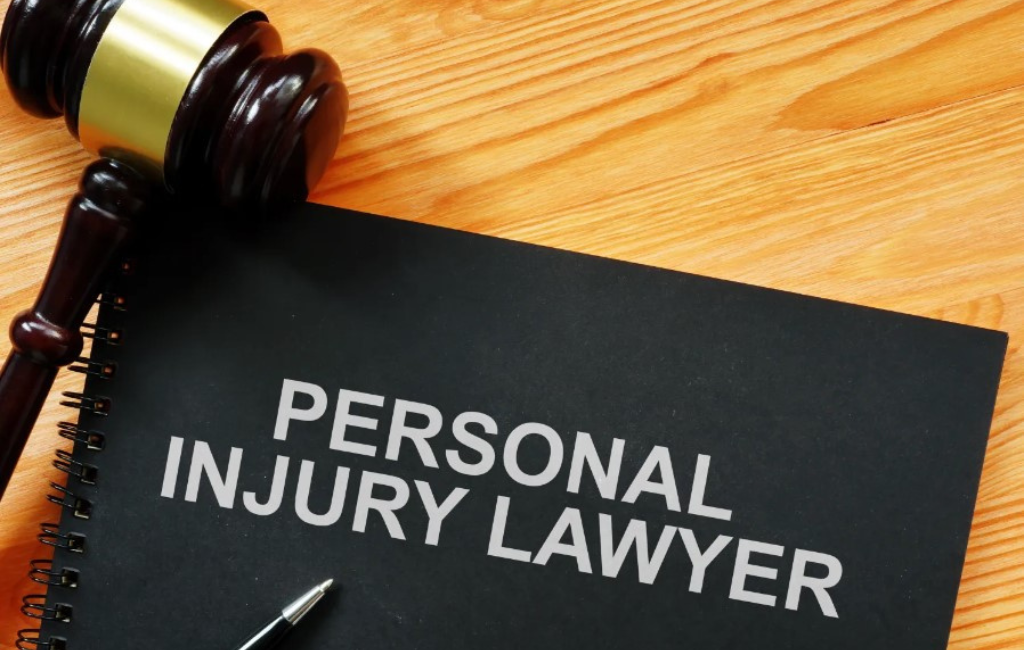
-
Table of Contents
- Personal Injury Lawyer Guides Legally
- Understanding Personal Injury Law
- The Role of a Personal Injury Lawyer
- Investigating Claims
- Gathering Evidence
- Negotiating with Insurance Companies
- Representing Clients in Court
- Steps Involved in a Personal Injury Case
- Initial Consultation
- Filing a Complaint
- Discovery Phase
- Settlement Negotiations
- Trial
- Appeal
- Case Studies and Statistics
- Conclusion
Personal Injury Lawyer Guides Legally
Personal injury law is a complex field that requires specialized knowledge and expertise. A personal injury lawyer plays a pivotal role in guiding clients through the legal process, ensuring they receive the compensation they deserve. This article explores the various aspects of personal injury law, the role of a personal injury lawyer, and the steps involved in a personal injury case.
Understanding Personal Injury Law
Personal injury law, also known as tort law, allows an injured person to file a lawsuit to receive compensation for damages caused by someone else’s negligence or intentional act. Common types of personal injury cases include:
- Car accidents
- Medical malpractice
- Slip and fall accidents
- Product liability
- Workplace accidents
Each type of case has its own set of legal standards and requirements, making it essential to have a knowledgeable lawyer to navigate the complexities.
The Role of a Personal Injury Lawyer
A personal injury lawyer provides legal representation to individuals who have been injured physically or psychologically. Their primary responsibilities include:
- Investigating claims
- Gathering evidence
- Negotiating with insurance companies
- Representing clients in court
- Advising clients on legal options
By handling these tasks, a personal injury lawyer helps clients focus on their recovery while ensuring their legal rights are protected.
Investigating Claims
The first step in any personal injury case is to investigate the claim. This involves gathering all relevant information, such as medical records, police reports, and witness statements. The lawyer will assess the validity of the claim and determine the potential for success.
Gathering Evidence
Evidence is crucial in proving liability and damages in a personal injury case. A lawyer will collect and preserve evidence, including photographs, videos, and expert testimony. This evidence is used to build a strong case and support the client’s claims.
Negotiating with Insurance Companies
Insurance companies often try to minimize payouts to injured parties. A personal injury lawyer negotiates with insurance adjusters to secure a fair settlement. They understand the tactics used by insurance companies and can counter them effectively.
Representing Clients in Court
If a settlement cannot be reached, the case may go to trial. A personal injury lawyer will represent the client in court, presenting evidence and arguing the case before a judge or jury. Their goal is to obtain the maximum compensation for the client.
Steps Involved in a Personal Injury Case
The process of a personal injury case can be lengthy and involves several steps:
- Initial Consultation
- Filing a Complaint
- Discovery Phase
- Settlement Negotiations
- Trial
- Appeal (if necessary)
Initial Consultation
The process begins with an initial consultation where the lawyer evaluates the case and advises the client on the best course of action. This meeting is crucial for establishing trust and understanding the client’s needs.
Filing a Complaint
If the lawyer believes the case has merit, they will file a complaint in court. This document outlines the plaintiff’s allegations and the damages sought. The defendant is then served with the complaint and has a specified time to respond.
Discovery Phase
During the discovery phase, both parties exchange information and evidence related to the case. This phase includes depositions, interrogatories, and requests for documents. The goal is to gather as much information as possible to build a strong case.
Settlement Negotiations
Many personal injury cases are settled out of court. The lawyer will negotiate with the defendant’s legal team to reach a fair settlement. If an agreement is reached, the case is resolved without going to trial.
Trial
If a settlement cannot be reached, the case proceeds to trial. The lawyer presents the evidence and arguments to a judge or jury, who then decide the outcome. Trials can be unpredictable, making it essential to have a skilled lawyer on your side.
Appeal
If either party is dissatisfied with the trial’s outcome, they may file an appeal. The appellate court reviews the case for legal errors and may uphold, reverse, or modify the lower court’s decision.
Case Studies and Statistics
Case studies and statistics provide valuable insights into personal injury law. For example, a study by the Insurance Research Council found that injured individuals who hired a lawyer received 3.5 times more compensation than those who did not. Another case involved a car accident victim who received a $2 million settlement after hiring a personal injury lawyer, compared to the initial $50,000 offer from the insurance company.
Conclusion
Personal injury law is a specialized field that requires expertise and dedication. A personal injury lawyer plays a critical role in guiding clients through the legal process, from investigating claims to representing them in court. By understanding the steps involved in a personal injury case and the importance of legal representation, individuals can make informed decisions and secure the compensation they deserve.